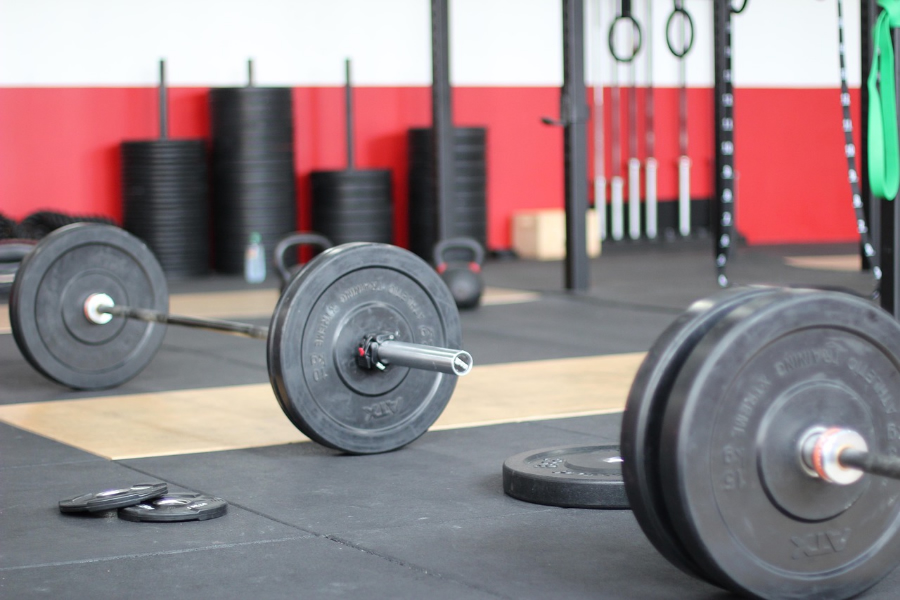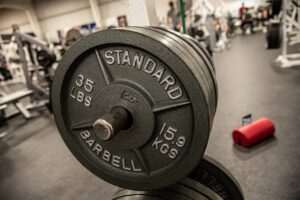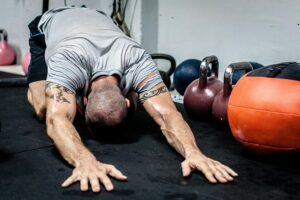Old School Lifting Meets Modern Science: The Perfect Blend for Serious Gains
This article looks at the pros and cons of an old school gym v modern gym.
Walk into any proper bodybuilding gym — the kind that smells faintly of iron and chalk — and you’ll sense it immediately: discipline. There’s something timeless about the clang of plates, the focus in the eyes of lifters, and the refusal to cut corners. That’s old-school bodybuilding — built on grit, progressive overload, and respect for the basics. It’s also the first impression that you’ll get when you visit Gym 21 Liverpool.
But here’s the thing: while the old-timers nailed intensity and commitment, modern sports science has given us tools they never had. So, what if we took the best of both worlds? What if we trained like Arnold, Dorian, or Lee Haney — but recovered, fuelled, and periodised like the athletes of today?
That’s where real, sustainable growth happens. Let’s analyse old school gym v modern gym and break it down.
1. The Old School Foundation: Hard Work and the Big Lifts
Bodybuilding’s golden era (think 60s to early 90s) revolved around compound lifts — squats, deadlifts, bench press, overhead press, rows, pull-ups. These movements recruited the most muscle, built raw power, and shaped the dense, balanced physiques that still define the “classic” look.
Old-school lifters didn’t need apps or spreadsheets. They wrote down their sets, counted their plates, and aimed to lift heavier next week than they did last week. That simple concept — progressive overload — remains the cornerstone of growth.
However, they often ignored things like recovery, joint longevity, and the cumulative effects of fatigue. Training six days a week with brutal volume might work at 22, but not so well at 42.
2. Modern Science: Smarter Recovery and Programming
Here’s where the modern edge comes in. Today we understand that the dose of training matters as much as the intensity. Research on hypertrophy and strength shows that around 10–20 quality sets per muscle group per week hits the sweet spot for most lifters.
Modern periodisation — alternating between heavier “strength blocks” and lighter “volume phases” — helps avoid burnout and injury. The days of “go heavy or go home” have evolved into “train hard, recover harder.”
Even the rest periods between sets are now better understood. Science shows that 2–3 minutes between big compound lifts allows the nervous system to reset, meaning more reps with good form and better overall progress. Old-school bodybuilders sometimes rested too little, mistaking sweat for success.
3. The Hybrid Approach: Best of Both Worlds
So, how do we separate old school gym v modern gym? Here’s the formula:
Keep the core lifts sacred. Base every session around 2–3 compound movements — squat, press, pull, hinge.
Add isolation intelligently. Finish with old-school “pump” work — biceps curls, triceps pushdowns, pec flyes — for shape and definition.
Use modern progression models. Track reps in reserve (RIR) or rate of perceived exertion (RPE) to gauge effort without overtraining.
Prioritise recovery. Sleep, hydration, mobility work, and nutrition aren’t optional — they’re what separate progress from plateaus.
Cycle intensity. Have heavy weeks and lighter “back-off” weeks. Think of it as giving your body room to grow instead of grind.
This blend keeps the soul of old-school lifting alive — hard, honest work — but supports it with a smarter, science-backed strategy.
4. Nutrition: The Classic Fuel, Reworked
Back in the day, it was steak, eggs, and milk — and plenty of it. That still works, but now we know more about timing and quality.
A modern approach might use a ketogenic or low-carb base for metabolic health and insulin control, while still timing carbs around workouts for performance. Add in omega-3 fats, proper electrolytes, and high-quality protein — and you’ve got the recovery tools that old-school lifters never had access to.
5. Mindset: Still the Most Important Tool
Despite all the new research and fancy gym tech, mindset hasn’t changed. You can’t build anything without consistency and intent. The greats didn’t rely on motivation; they relied on discipline. They turned up, even when they didn’t feel like it — and that’s something modern lifters still need to learn.
So, while we’ve got heart rate monitors, recovery trackers, and periodised programmes, the truth remains: nothing replaces effort.
Final Thoughts
When we consider an old school gym v modern gym, blending old-school iron culture with modern science isn’t about nostalgia — it’s about evolution. Keep the foundation: compound lifts, consistency, intensity. Then apply modern methods — smart programming, evidence-based recovery, and balanced nutrition.
You’ll build muscle that not only looks strong but is strong — and more importantly, you’ll still be lifting decades from now, when the quick-fix crowd has long since quit.
The article ‘Old school gym v modern gym’ was written and first published on behalf of Bill Jones Mr Universe on Thursday 16th October 2025 at 16:30 and is subject to copyright – All Rights are Reserved.
If you liked this article (which I’m sure you did), you will probably also like this one named Bodybuilding for real health and fitness and especially this one named Low insulin for bodybuilders.



